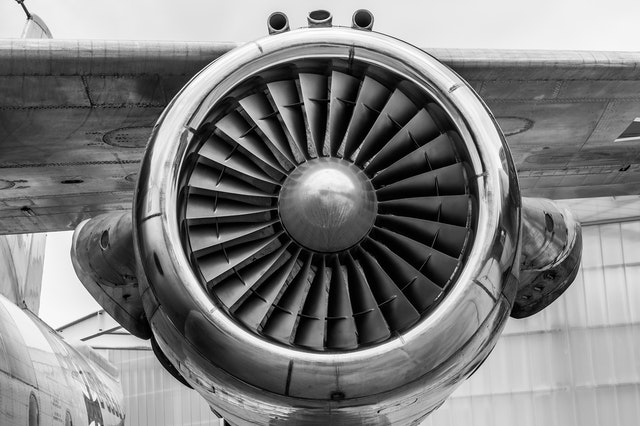November is National Aviation History Month. While we may be focused on the upcoming holidays, many people are fascinated with aviation and the pioneers who’ve contributed to and helped shape aviation in today’s society.
If you’ve ever wondered about the first pioneer engineers behind aviation, read on.
In the early days, prior to designing and executing the first flight, engineers conducted many experiments and extensive research to determine the four component forces that enabled design and/or flying of an aircraft, which are thrust, lift, drag, and weight. This was the birth of aeronautical technology.
According to the U.S. Bureau of Labor Statistics (BLS), “aeronautical engineers work with aircraft. They are involved primarily in designing aircraft and propulsion systems and in studying the aerodynamic performance of aircraft and construction materials. They work with the theory, technology, and practice of flight within the Earth’s atmosphere.”
The following aeronautical engineers are some of the pioneers who changed aviation history:
- Jules Henri Giffard studied the notes of an inventor named Pierre Jullien who display a cigar-shaped model airship at the Paris Hippodrome. Jullien’s design helped Giffard became the first person to build a full-size airship;
- Brothers Orville and Wilbur Wright are known for executing the first flight, which lasted 12 seconds;
- Charles Lindbergh is known for performing the first solo transatlantic flight; and
- Amelia Earhart is a known aviation pioneer and was the first solo female aviator to complete a transatlantic flight.
For more information about aviation pioneers, visit: https://www.britannica.com/technology/aerospace-engineering


